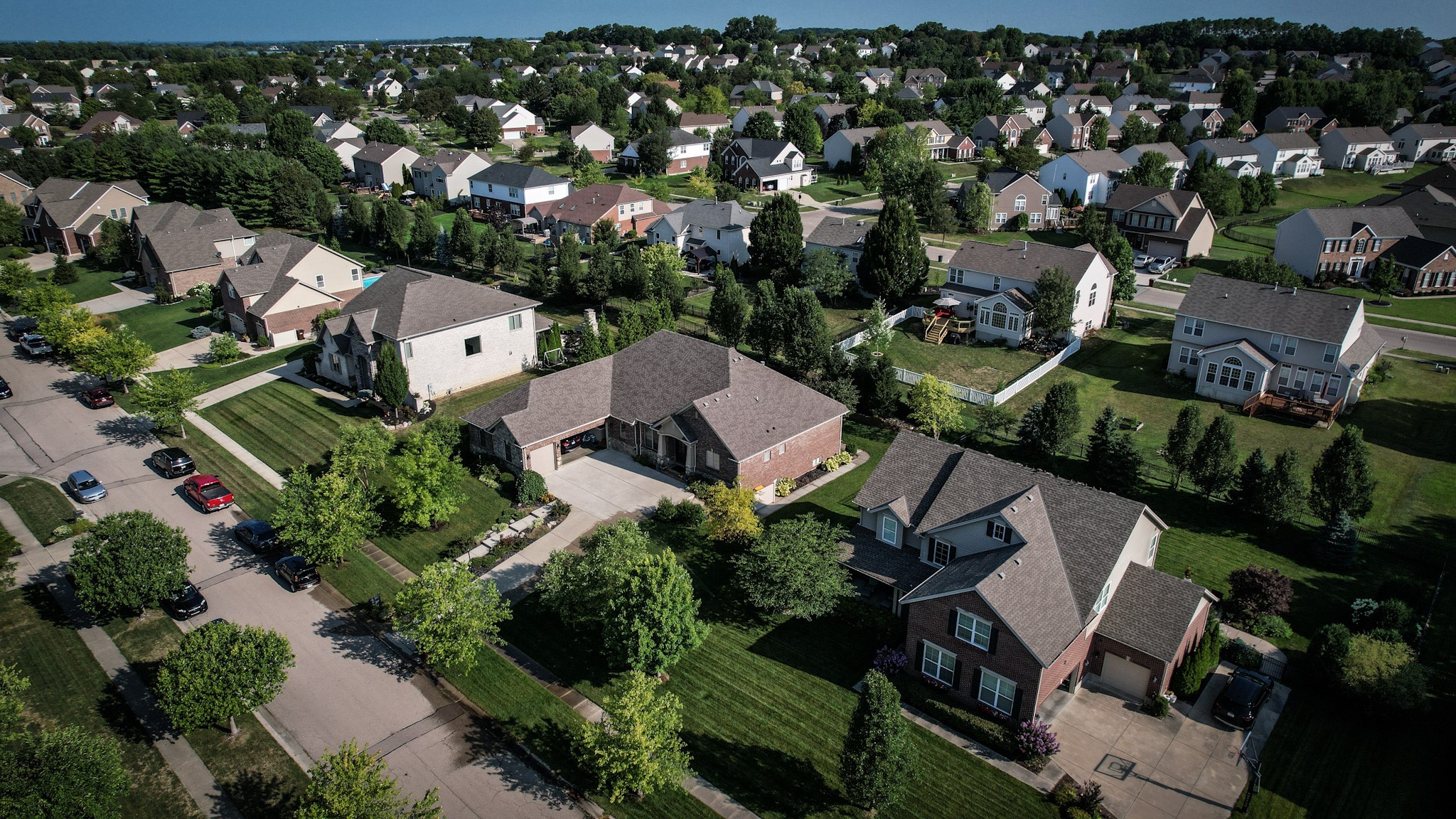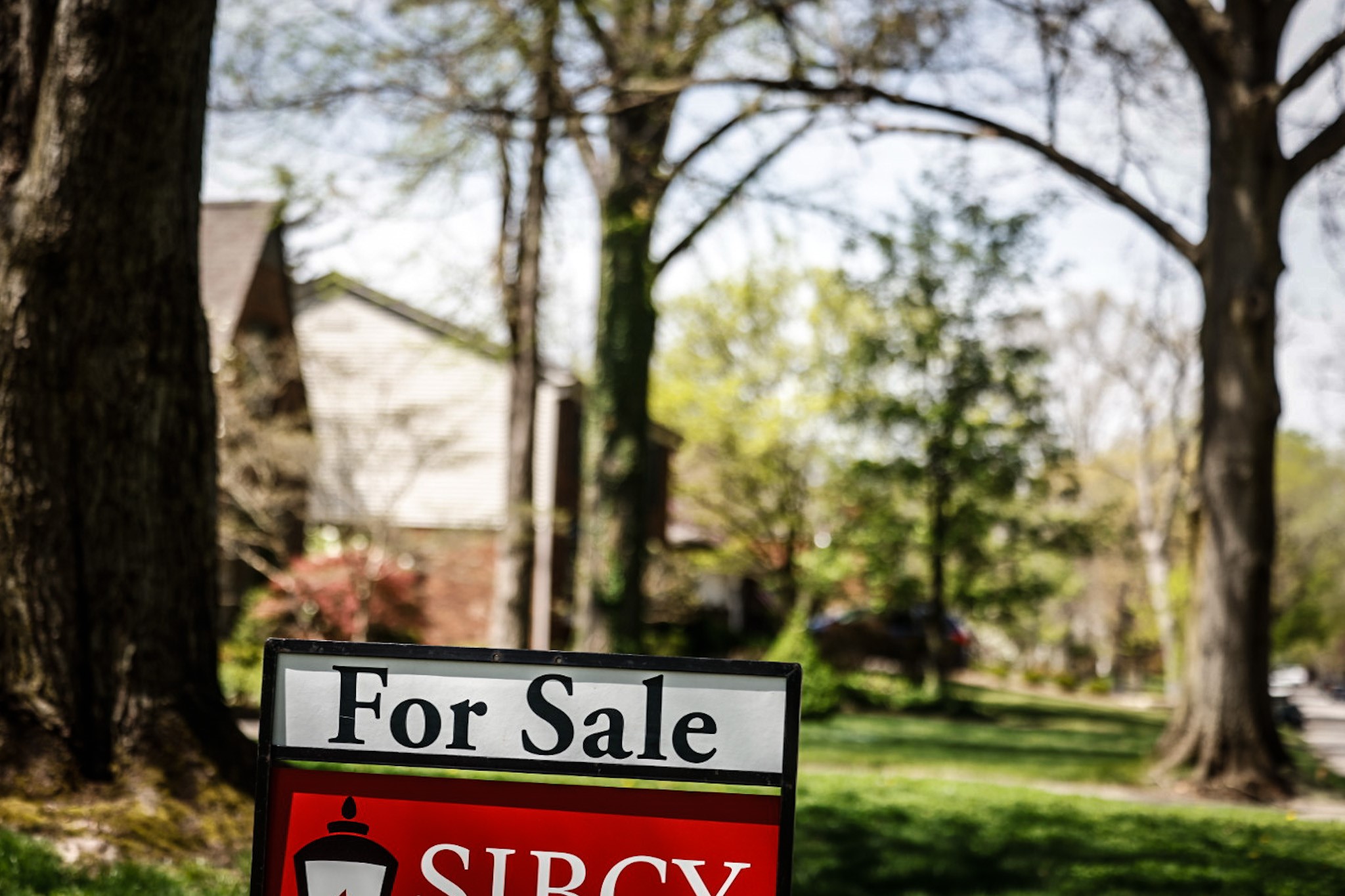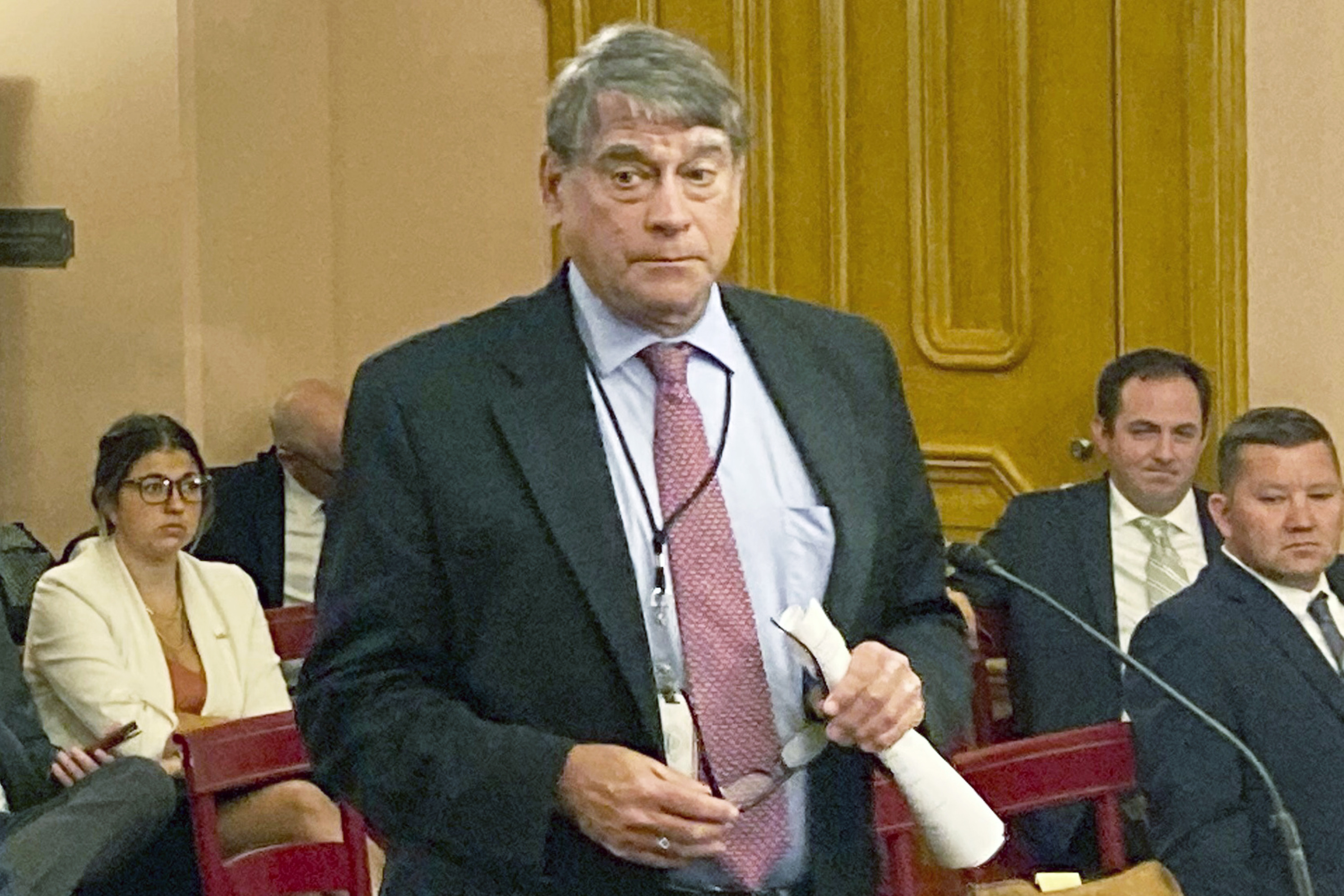😊 Making Dayton Home: Imelda Ayala Ramos has multiple passions in life, but not many top folkloric dance and chiles rellenos. She talked with us about her experiences as an immigrant.
🎨 Honoring an artist: “Curtis Barnes, Sr., Dayton Icon” runs through Sept. 14 at the Dayton Art Institute and honors he noted artist and educator who passed away Oct. 13, 2019 at the age of 84.
🏠 Today, we also go in-depth on the latest news of property tax reform, its effect on local governments and possible avenues of relief for property owners.
If you have thoughts or feedback on this newsletter or other news tips, please let me know at Greg.Lynch@coxinc.com.
Want to read the digital version of the newspaper? Click here for our daily ePaper.
The newsletter should take about 2 minutes, 46 seconds to read.
***
County commissioners given ‘political football,’ power to extend millions in property tax exemptions
A provision in Ohio’s recently passed state budget empowers county commissioners to double certain property tax exemptions for homeowners, potentially costing local governments tens of millions of dollars.
• What the law does: It gives county commissioners the authority to essentially double the state-funded Homestead exemptions and 2.5% owner-occupancy credits for eligible property owners using local dollars.
• The calculations: Collectively, five counties in southwest Ohio — Butler, Greene, Miami, Montgomery and Warren — could provide $40.4 million in additional Homestead exemptions and $33.6 million for the owner-occupancy tax credit.
‘Piggyback’ programs could have $32 million impact on Montgomery County, auditor says
• “Piggyback” programs: The state’s budget bill, signed by Gov. Mike DeWine earlier this month, allows county commissions to create their own Homestead Exemption and Owner Occupancy Credit programs. These so-called “piggyback” programs would double the savings offered to qualifying homeowners in participating counties.
• What they are saying: Rep. David Thomas explained the piggyback tax break like this: “Owner occupancy, you would get a doubling of that, and then Homestead, you would get a doubling of that. And it’s not that the county is paying for the entire amount, it’s each entity would essentially not receive the revenue from that payment.”
• Homestead exemption: It shields the first $28,000 of a property’s value from taxation, and the homeowner must be at least 65 years old or permanently and totally disabled. The income threshold is $40,000.
• Locally funded relief? According to the Montgomery County Auditor’s Office, if commissioners were to expand both programs, credits would result in cuts to every taxing authority in the county.
• Largest estimated losses: They would be to Montgomery County Human Services, Centerville City School District and Dayton City School District.
• Financial impact: Estimates show an $18.2 million impact on local school districts; a $4.7 million impact on cities, villages and townships within Montgomery County; and a $5 million impact on county services. Montgomery County Human Services in particular would see a $4.2 million loss.
Circuit breaker idea for property tax relief to be vetted
A new property tax reform working group has been organized by Gov. Mike DeWine after he cut nearly all of the items meant to address the problem in the biennium budget.
• DeWine’s veto: DeWine exercised his power to veto pieces of the $60 billion biennium budget three weeks ago, erasing nearly all of the property tax reforms the House and Senate approved in the new two-year spending plan. He said they were harmful to the schools and children.
• Veto overrides: The House planned to override three of the vetoes but only mustered votes to restore the provision that eliminates replacement tax levies for all taxing bodies and certain school district levies like emergency tax increases.
• The new group’s mission: The group has until Sept. 30 to come up with meaningful property tax reforms. The group is tasked with examining issues related to how to provide meaningful property tax relief to homeowners and businesses while ensuring that funding for local schools, fire, police, EMS, libraries, and developmental disabilities is adequate.
• Circuit breaker idea: It gives tax breaks or credits to both homeowners and renters based on the percentage of their income they pay in property taxes.
There are circuit breaker bills in each chamber now. Under the House version, the state would lose out on $894.8 million in property tax collections in the first year and the Senate bill would cost the state approximately $819.6 million.


